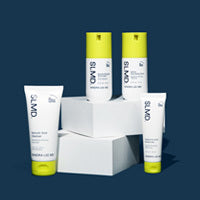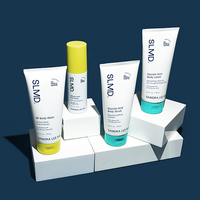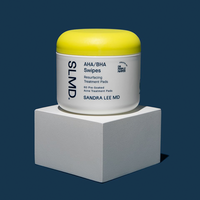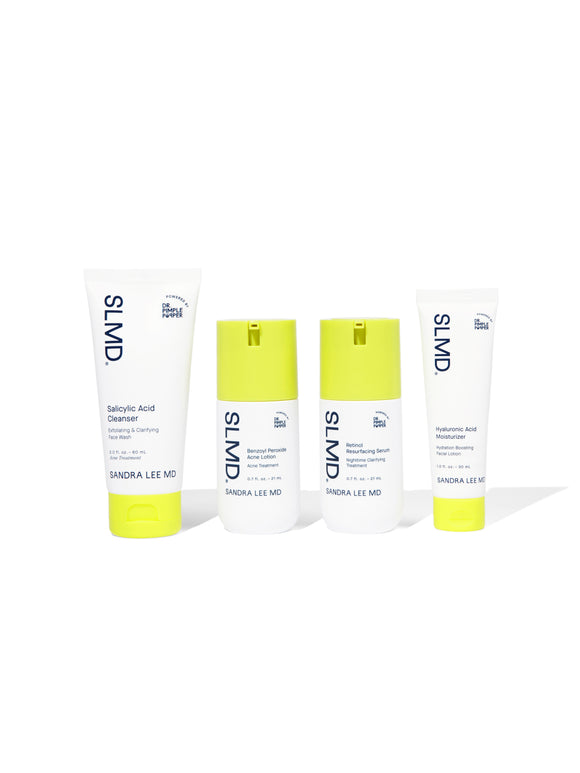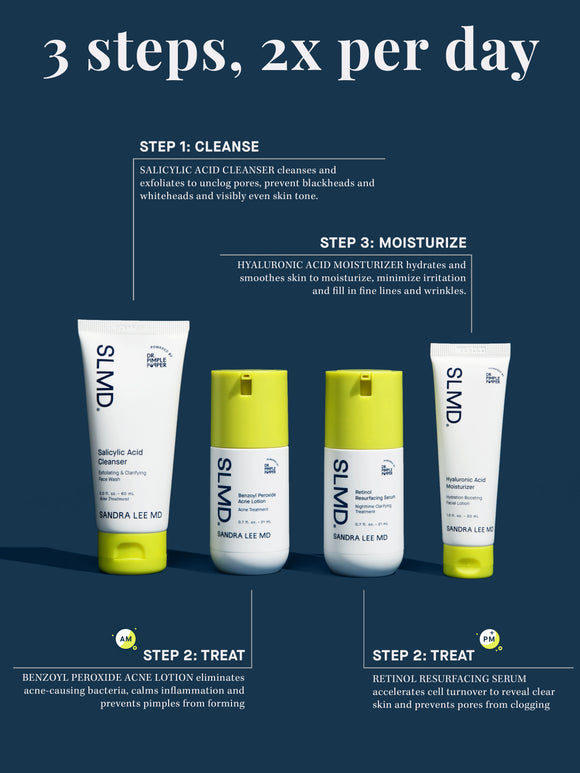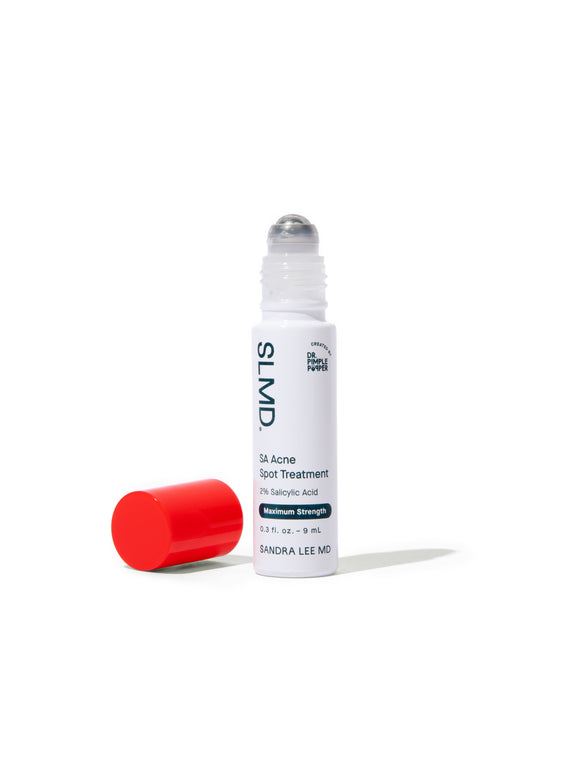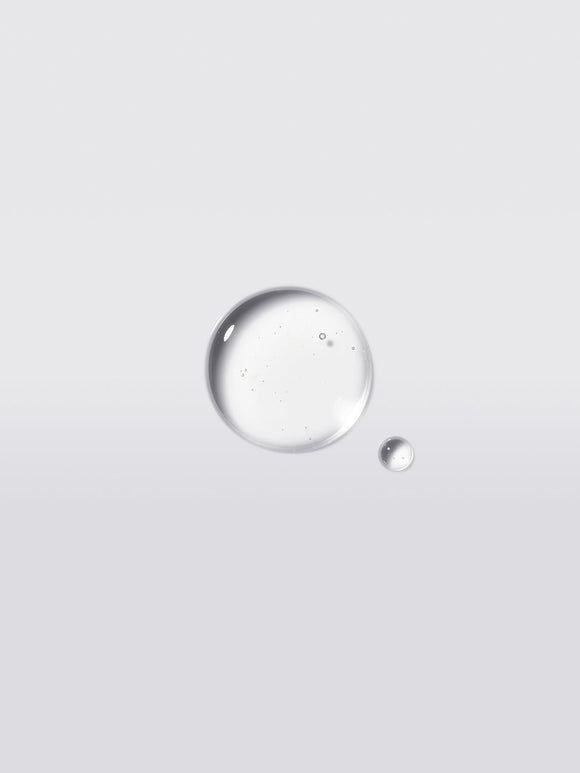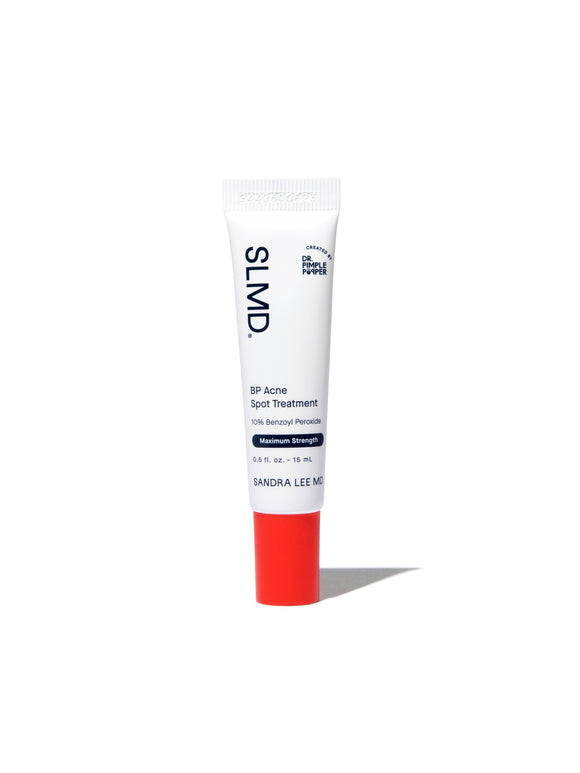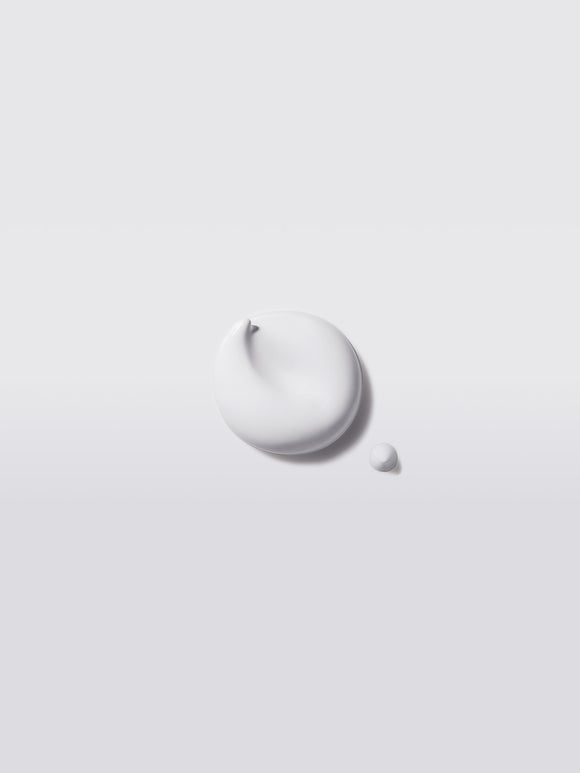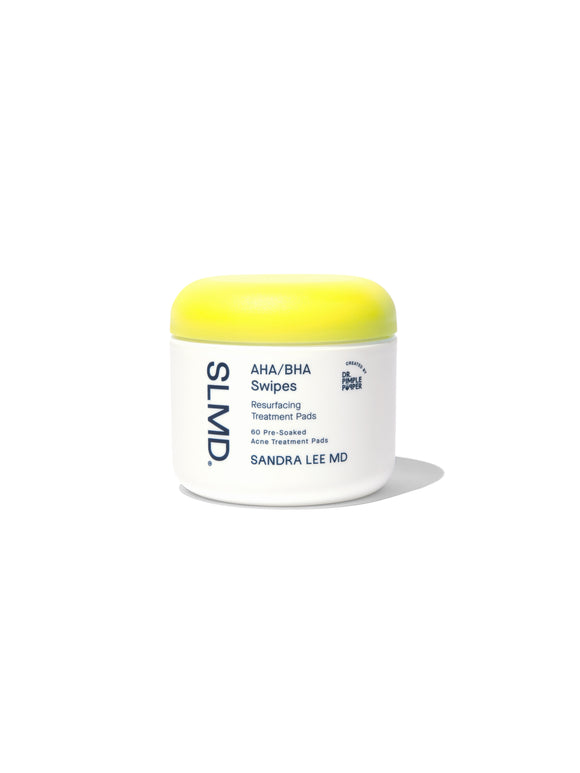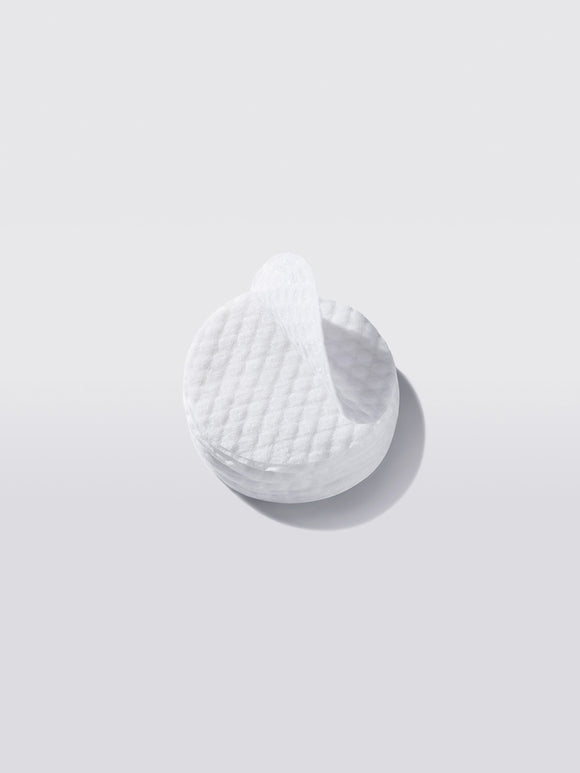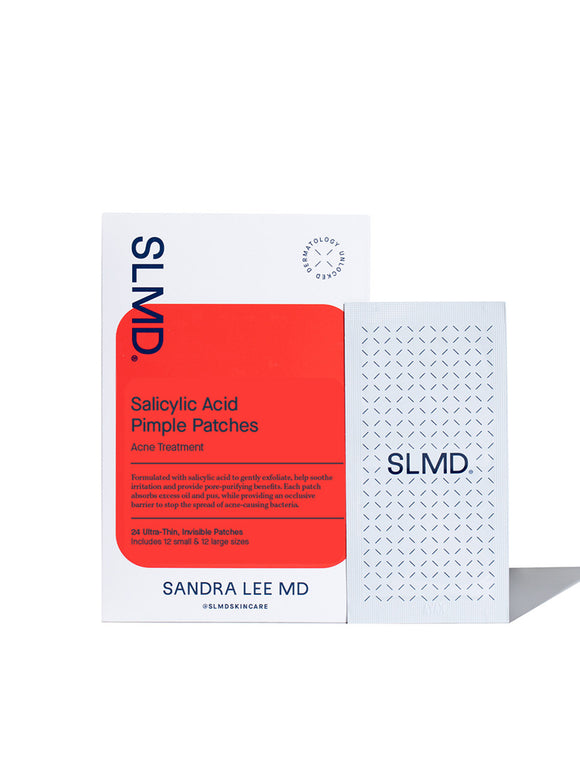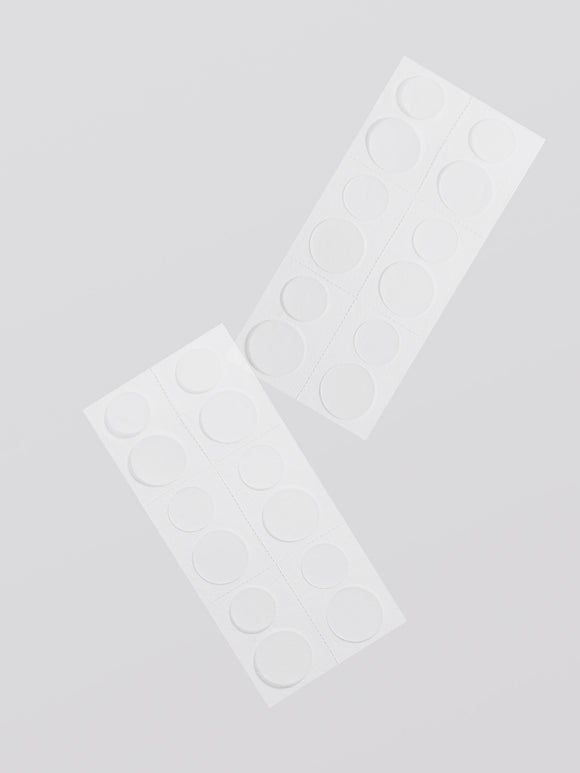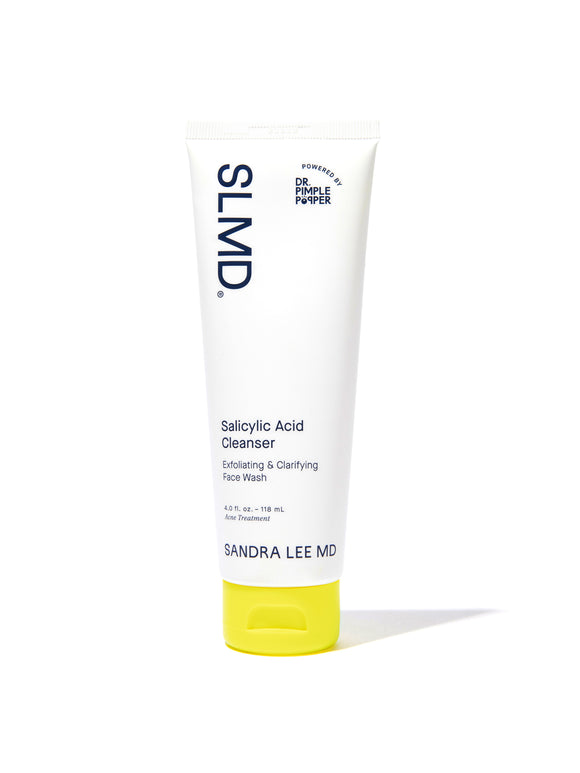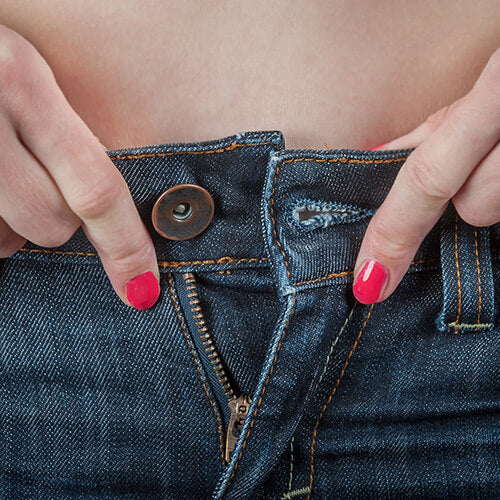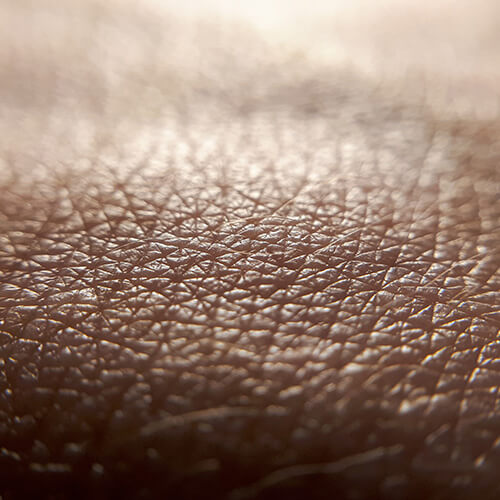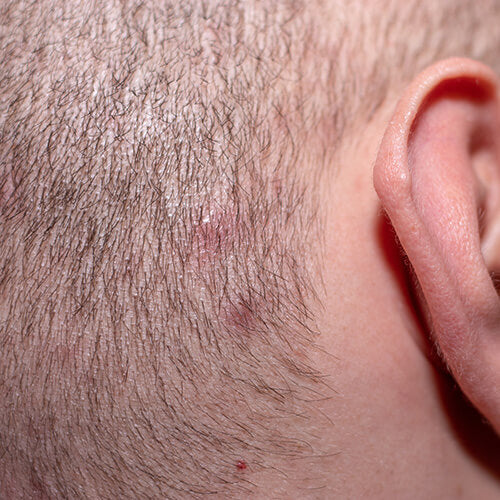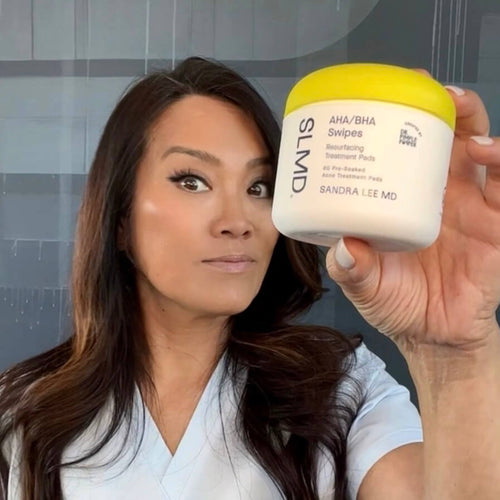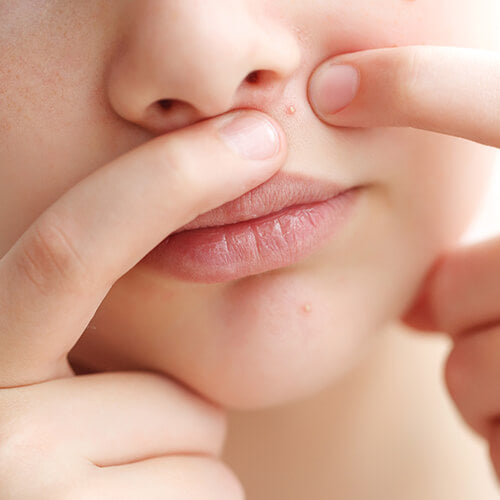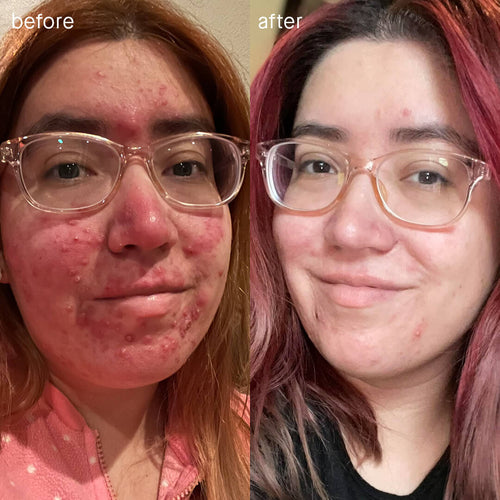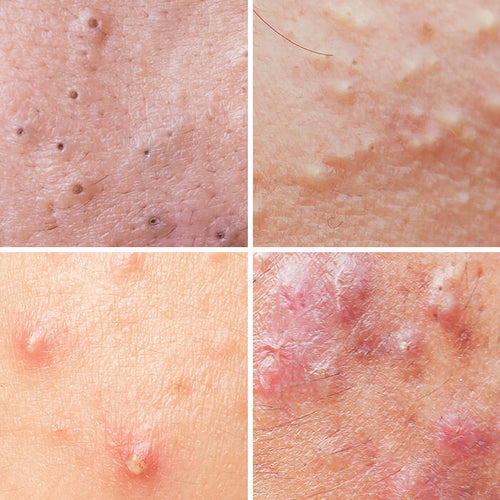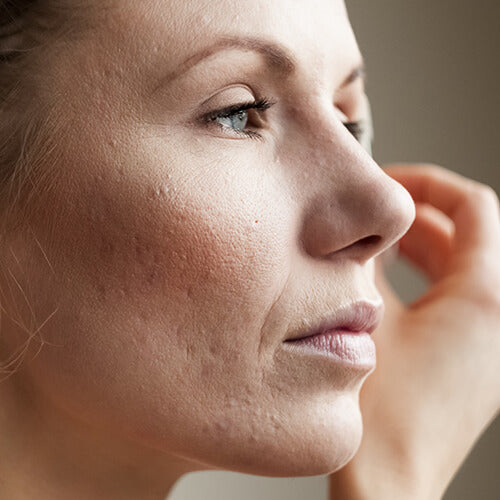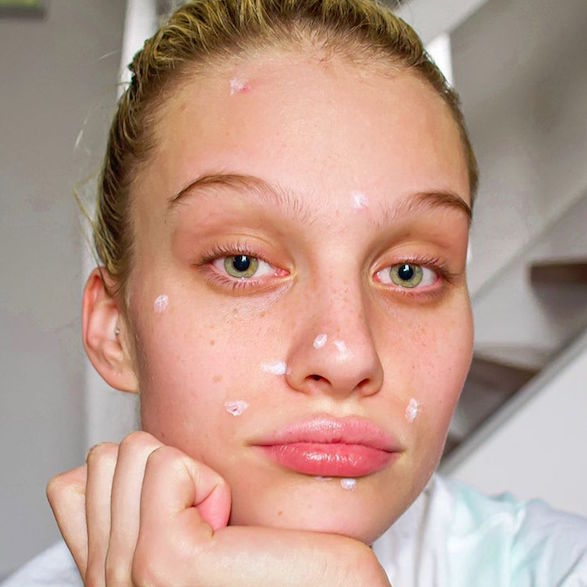
Acne Face Map: What Breakouts Mean by Zone + How to Fix Them
Are your breakouts trying to tell you something? Dr. Pimple Popper decodes the clues.
Published:
3 minute read
Acne can happen for all kinds of reasons, says SLMD Skincare founder, Sandra Lee, MD (aka Dr. Pimple Popper) — most often a combination of hormones, genetics, lifestyle, and environment. But when pimples consistently appear in the same spot, there might be a more direct trigger.
That’s where an acne face map can help. By looking at which areas are breaking out — like your jawline, forehead, or cheeks — you can start to pinpoint possible causes and tailor your routine for better results.
This first part of our series focuses on the face. Be sure to check out part two, which highlights body acne.
Article Quick Links

Breakouts on your forehead
Your forehead is part of the t-zone, an area rich in sebaceous (oil) glands — making it one of the most common places for acne to appear.
Possible causes of forehead breakouts
- High concentration of sebaceous glands
- Hormonal changes (teens, menstrual cycle)
- Bangs or hair touching your skin
- Comedogenic hair products
- Hats, helmets, headbands (acne mechanica)
How to treat forehead acne
- Follow a consistent acne skincare routine with salicylic acid (try SLMD Acne System)
- Incorporate gentle exfoliants
- Use spot treatments (like SLMD SA Acne Spot Treatment) when pimples appear
- Take a two-week break from hair products, then reintroduce one at a time
- Switch to non-comedogenic haircare formulas
- Wash hats and helmets regularly
- Spritz hats/helmets with SLMD Salicylic Acid Body Spray before and after wearing

Breakouts on your cheeks
Cheek acne can be trickier to identify, since this area has fewer oil glands than the t-zone — meaning causes are often lifestyle-related.
Common causes of cheek acne
- Genetics
- Cell phone bacteria
- Resting face in hands
- Wearing hair down against skin
- Old makeup or dirty brushes
- Unwashed pillowcases
- Pet contact
How to treat cheek acne
- Stick to a consistent acne routine
- Add a treatment lotion with benzoyl peroxide or sulfur (try SLMD Benzoyl Peroxide Acne Lotion)
- Perform a mini-peel a few times weekly (try SLMD AHA/BHA Swipes)
- Keep phones, brushes, and pillowcases clean
- Wear hair pulled back when possible
- Cleanse after pet contact (try SLMD Salicylic Acid Cleanser)
- Try sleeping on your back to reduce friction (and wrinkles!)
- Launder sheets often (and spritz with acne treatment spray)
Dr. Pimple Popper's Face Acne Solutions

Breakouts on your nose
Blackheads, whiteheads, and sebaceous filaments are all very common on your nose and in the crevices where the nose meets your cheeks. Blackheads, whiteheads, and sebaceous filaments love the nose area, thanks to a high concentration of pores.
Possible causes of nose acne
- High density of sebaceous glands
- Genetics and hormones
- Hormones
- Touching your face with dirty hands
- Mask-wearing (maskne)
How to treat nose breakouts
- Use a salicylic acid cleanser daily
- Apply an acne treatment mask just to the nose if other areas are dry
- Spot treat with concentrated salicylic acid weekly
- Add a retinol (like SLMD Retinol Resurfacing Serum) to help prevent clogged pores
- Spritz masks with SLMD Salicylic Acid Body Spray before wearing

Breakouts on your chin & jawline
This area often develops deeper, more painful breakouts like cysts and nodules — which are slower to heal.
Possible causes of chin and jawline acne
- Hormonal fluctuations (teens, menstrual cycle)
- Medical conditions like PCOS
- Resting your chin in your hands
- Cell phone use
- Masks, helmets, or scarf friction
- Cold-weather coat collars
- Musical instruments
How to treat chin and jawline breakouts
- Follow a routine with salicylic acid and benzoyl peroxide
- Use a max-strength benzoyl peroxide spot treatment
- Add retinol to help keep pores clear
- Keep gear, scarves, and collars clean
- Spritz masks and sports gear with acne spray
- See your doctor if you suspect a hormonal or medical cause
FAQ: Acne face map
Q: Does acne location really mean something about your health?
A: Sometimes — but not always. While traditional face mapping links certain zones to internal organs, modern dermatology focuses on more direct causes like oil production, bacteria, and lifestyle habits.
Q: What’s the fastest way to clear breakouts in one area?
A: Identify and remove the trigger (like a dirty pillowcase or comedogenic hair product), then treat consistently with proven acne-fighting ingredients like salicylic acid, benzoyl peroxide, and retinol.
Q: Why won’t my chin acne go away?
A: Chin and jawline breakouts are often hormonal, which means they can be stubborn. See your dermatologist if you’re not seeing improvement with over-the-counter treatments.

Dr. Lee's Last Word
Acne mapping can be a helpful tool, but it’s just one piece of the puzzle. If you notice breakouts in the same spot over and over, it’s worth looking at your habits, products, and even your health. And remember — the earlier you treat, the faster you’ll see results.
